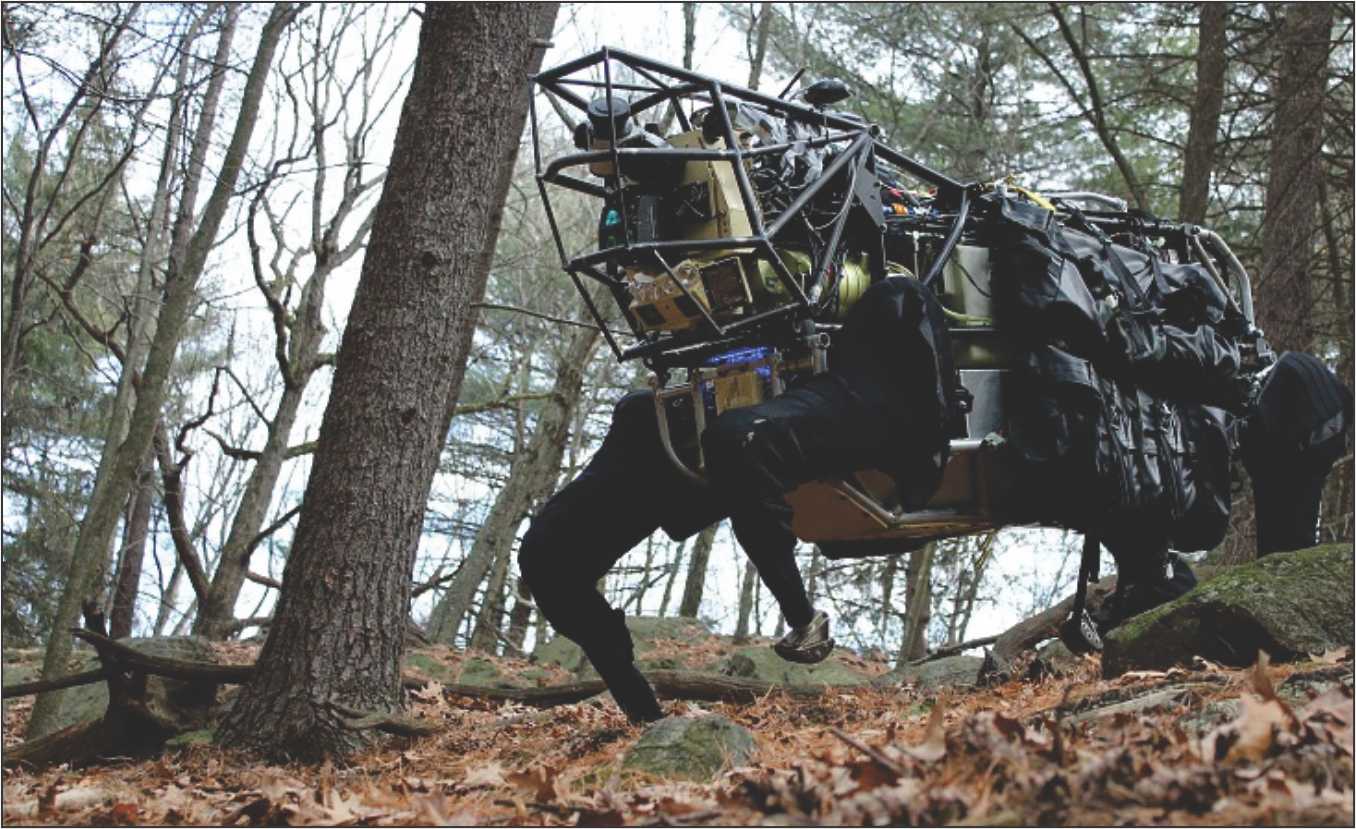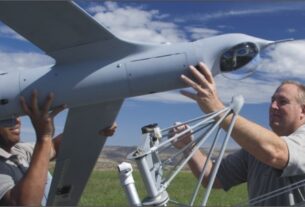Unmanned robots already have proven their worth on the battlefield, neutralizing improvised explosive devices, and more capable ones are coming in the future.
While robots and unmanned platforms will continue to provide valuable assistance to Soldiers on the battlefield, there may even come a day when they can begin replacing Soldiers.
During a roundtable discussion, co-hosted by the College of William & Mary and US Army Training and Doctrine Command, known as TRADOC, range of issues were discussed on challenges and opportunities that will test the force in the coming years and decades.
The Army already has teamed Apache helicopters and unmanned aircraft in Afghanistan so “there’s a potential to augment that capability and in some cases and under specific circumstances to replace manpower,” said Maj. Gen. Bill Hix, deputy director, Army Capabilities Integration Center.
Dismounted ground robots are already assisting soldiers, much in the way a bird dog provides extra eyes and ears and a keen sense of smell for a hunter. That’s an additive capability that makes a soldier that much more effective because the robot may carry additional munitions or logistics and even sensors that allow him to focus more on mission tasks and not deal with what’s sometimes called dirty, dumb, dangerous and repetitive tasks.
There might even be convoys that are principally unmanned in the future with some oversight by soldiers. Convoys in Iraq, Afghanistan and Pakistan were often the target of attacks by insurgents using improvised explosive devices and small-arms fire.
The integration of robotics into all of the capabilities the Army brings to the table was the focus of soldiers, scientists and academia at the Strategic Trends Seminar. It is hard to conceive that future warfare will be without the integration of some type of unmanned combat platform
Besides performing physical tasks that are dumb and dirty, the future robots will be able to assist soldiers in the decision-making process. The science and technology community is looking at a range of options to provide to Army leaders for future planning purposes. So it’s not just how robots will be integrated into the force, it’s also how the Army will deal with enemy robots. The technology is already here for robots, but there needs to be more discussion and consensus on the ethics of it.
Also, as more robotic systems are brought in, there are a host of other things to consider as well, like procurement and sustainment costs.





